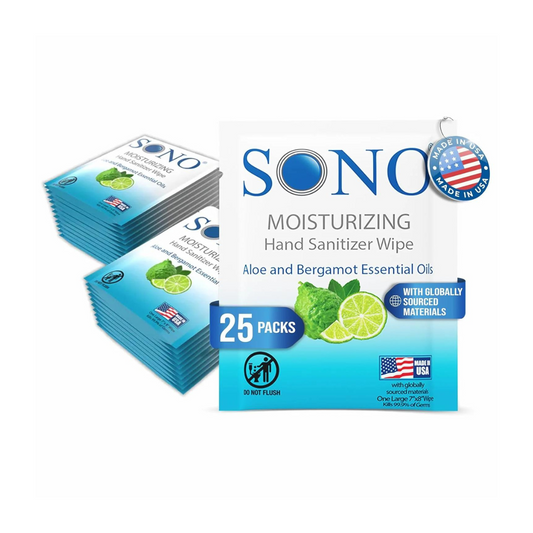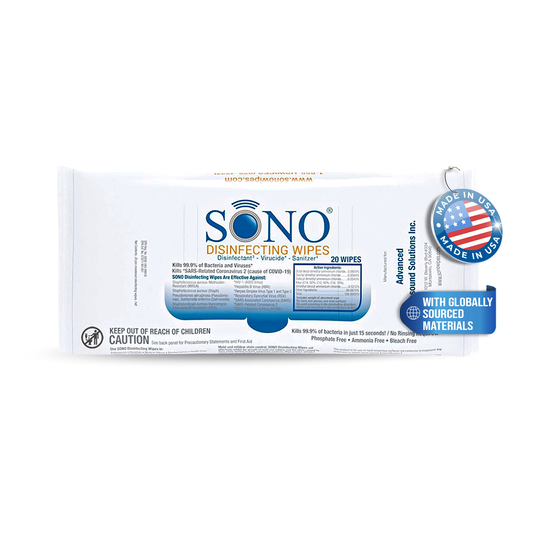As the new school year approaches, ensuring your children have the right hand sanitizer is essential for keeping their hands clean and germ-free. However, not all hand sanitizers are created equal. Our latest blog post, "Hand Sanitizers to Avoid for Back to School," highlights the common ingredients found in many hand sanitizers that you should steer clear of. Learn why these ingredients can be harmful and discover safer alternatives to protect your kids' health.
1. Methanol: Toxic and Potentially Dangerous
What is Methanol?
- Toxicity: Methanol, also known as wood alcohol, is a substance that is toxic to humans. It is sometimes found in hand sanitizers as a contaminant or an additive in substandard products.
- Health Risks: Methanol exposure can cause a range of health issues, including nausea, vomiting, headache, blurred vision, blindness, seizures, and in severe cases, death.
Why You Should Avoid It:
- Danger to Children: Methanol is particularly dangerous for children, who may accidentally ingest it if they put their hands in their mouths after using a contaminated hand sanitizer.
- FDA Warnings: The U.S. Food and Drug Administration (FDA) has issued warnings and recalls for numerous hand sanitizers found to contain methanol. It’s important to check product labels and ensure you’re purchasing hand sanitizers from reputable sources.
2. Benzalkonium Chloride: Potential Skin Irritant
What is Benzalkonium Chloride?
- Common Use: Benzalkonium chloride is an antimicrobial agent commonly used in hand sanitizers and disinfectants. It is less effective at killing germs compared to alcohol-based sanitizers.
- Skin Irritation: This ingredient has been associated with causing skin irritation, particularly in individuals with sensitive skin. Prolonged use can lead to dryness, itching, and redness.
Why You Should Avoid It:
- Skin Sensitivities: Children’s skin is more sensitive than adults', making them more susceptible to irritation from harsh chemicals. Hand sanitizers containing benzalkonium chloride may cause discomfort and skin problems.
- Reduced Effectiveness: Compared to alcohol-based hand sanitizers, those with benzalkonium chloride are generally less effective at killing germs, which could leave your child more vulnerable to illness.
3. Fragrances and Dyes: May Lead to Allergic Reactions and Skin Sensitivities
What are Fragrances and Dyes?
- Artificial Additives: Many hand sanitizers contain artificial fragrances and dyes to enhance their scent and appearance. However, these additives can cause adverse reactions, especially in children.
- Allergic Reactions: Fragrances and dyes are common allergens and can trigger reactions such as rashes, hives, and itching. They may also exacerbate conditions like eczema.
Why You Should Avoid Them:
- Skin Sensitivities: Children’s skin is more prone to sensitivities, and using products with unnecessary fragrances and dyes can lead to irritation and allergic reactions.
- Healthier Alternatives: Opting for fragrance-free and dye-free hand sanitizers can help minimize the risk of skin irritation and ensure a safer product for your child’s daily use.
Safer Alternatives: Choosing the Right Hand Sanitizer for Your Kids
1. Alcohol-Based Sanitizers:
- Ethanol or Isopropyl Alcohol: Look for hand sanitizers that contain at least 60% ethanol or isopropyl alcohol. These alcohols are effective at killing germs and are safe when used as directed.
- Trusted Brands: Choose products from reputable brands that have been tested and approved by health authorities.
2. Fragrance-Free and Dye-Free Options:
- Gentle Formulations: Select hand sanitizers that are free from artificial fragrances and dyes. These formulations are less likely to cause skin irritation and are safer for children’s sensitive skin.
- Natural Ingredients: Some hand sanitizers incorporate natural ingredients like aloe vera and vitamin E, which can help soothe and moisturize the skin.
3. Portable and Convenient:
- Travel-Size Bottles: Ensure your child always has access to hand sanitizer by providing them with travel-size bottles that fit easily in their backpack or lunchbox.
- Foaming Hand Sanitizer: Consider foaming hand sanitizers that are easy for kids to apply and less likely to spill.
Conclusion
As you prepare for back to school, it's important to choose a hand sanitizer that is not only effective but also safe for your child. By avoiding harmful ingredients like methanol, benzalkonium chloride, and artificial fragrances and dyes, you can help protect your child’s health and prevent skin irritation. Opt for safer alternatives like alcohol-based, fragrance-free, and dye-free hand sanitizers to keep your kids' hands clean and germ-free throughout the school year.
For high-quality, safe hand sanitizers and disinfecting products, visit SONO Wipes. Our products are designed to provide effective and gentle cleaning solutions that you can trust.





